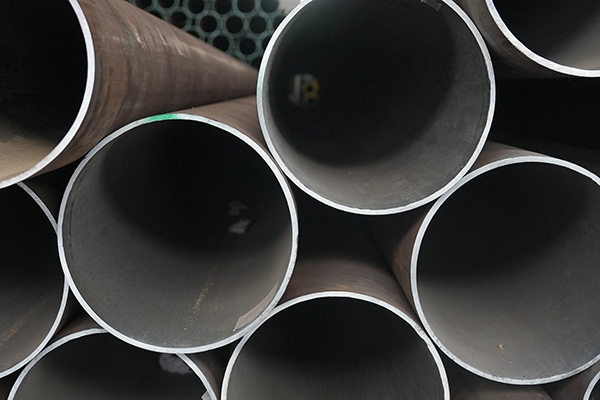

Comprehensive Guide to Welding Techniques for Seamless Steel Pipes
Welding seamless steel pipes requires precision to maintain their structural integrity, mechanical properties, and corrosion resistance. Below is a detailed step-by-step guide to the welding process, covering preparation, techniques, and post-weld treatments.
1. Pre-Welding Preparation
A. Material Selection & Inspection
Verify pipe grade (e.g., ASTM A106, API 5L) and chemical composition to ensure weld compatibility.
Check for defects (cracks, laminations, or inclusions) using ultrasonic testing (UT) or dye penetrant inspection (DPI).
B. Beveling & Edge Preparation
Bevel Angle: Typically 30–37.5° for V-groove welds (varies with wall thickness).
Root Face: Maintain 1–3 mm to prevent burn-through.
Cleaning: Remove oil, rust, and oxides using grinding, brushing, or chemical cleaners.
C. Joint Alignment & Fixturing
Use clamps or tack welds to hold pipes in position, ensuring proper root gap (2–4 mm for open-root welds).
Misalignment must be ≤10% of wall thickness to avoid stress concentration.
2. Welding Techniques
A. Common Welding Methods
Shielded Metal Arc Welding (SMAW/Stick Welding)
Electrodes: Low-hydrogen rods (E7018 for carbon steel, E309L for stainless).
Application: Suitable for field repairs and thick-walled pipes.
Gas Tungsten Arc Welding (GTAW/TIG Welding)
Shielding Gas: Argon or Ar+He mix for stainless/austenitic steels.
Advantages: High precision, clean welds (critical for root passes).
Gas Metal Arc Welding (GMAW/MIG Welding)
Wire Selection: ER70S-6 for carbon steel; pulsed MIG for thin pipes.
Best for: High-speed production welding.
Submerged Arc Welding (SAW)
Use Case: Thick pipes (≥10 mm) in factory settings.
B. Multi-Pass Welding Strategy
Root Pass: TIG welding for precision; ensure full penetration.
Filler Passes: SMAW or MIG with weaving to fill the groove.
Cap Pass: Smooth finish, slightly convex to reinforce the weld.
C. Key Parameters
Current/Voltage: Adjust based on thickness (e.g., 90–120A for TIG root pass on 6 mm pipe).
Travel Speed: Too fast → lack of fusion; too slow → excessive heat input.
Interpass Temperature: Keep ≤200°C for carbon steel to avoid cracking.
3. Post-Welding Treatments
A. Stress Relief & Heat Treatment
Annealing: Heat to 600–650°C (for carbon steel) to reduce residual stresses.
Normalizing: Improves microstructure in high-strength pipes.
B. Weld Inspection & Testing
Visual Inspection (VT): Check for cracks, porosity, or undercut.
Non-Destructive Testing (NDT):
Radiography (RT): Detects internal defects.
Ultrasonic Testing (UT): Identifies subsurface flaws.
Hydrostatic/Pressure Testing: Validates leak-proof performance.
C. Surface Finishing
Grind smooth if needed; apply anti-corrosion coatings (e.g., epoxy, galvanization).
4. Common Welding Defects & Solutions
Porosity: Caused by contamination → Improve gas shielding/cleanliness.
Cracking: Hydrogen-induced → Use low-H electrodes, preheat to 100–150°C.
Lack of Fusion: Incorrect angle/speed → Optimize weld parameters.
5. Safety & Best Practices
Ventilation: Avoid fumes in confined spaces.
Preheating: Mandatory for high-carbon/alloy steels.
WPS Compliance: Follow a qualified Welding Procedure Specification (WPS).





